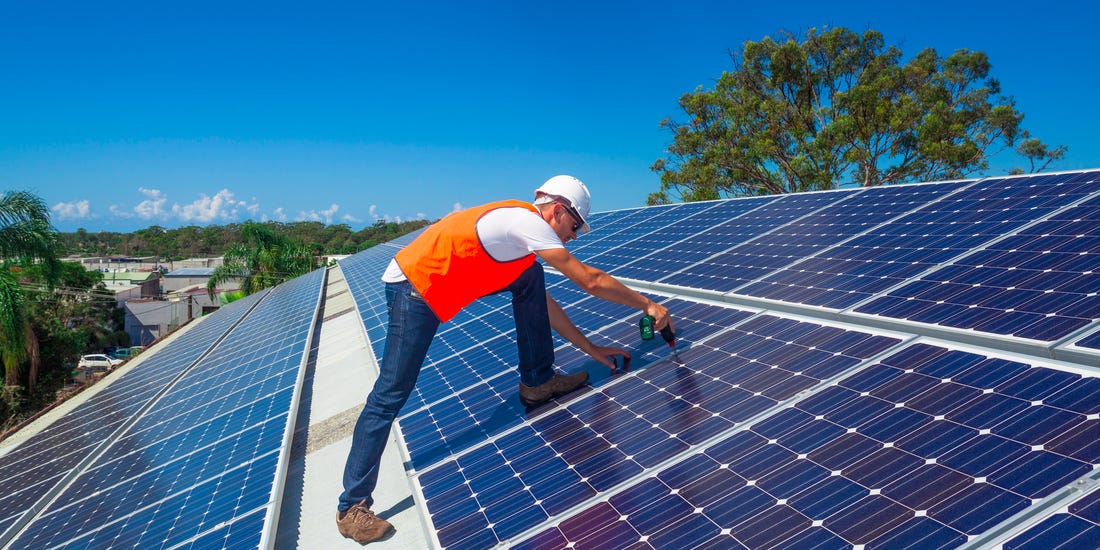Residential Solar
Get a better living with solar, energy that protects your family from increasing electricity costs, & decreases your carbon emissions.
Services We Provide
We will provide you with customized residential solar power solutions. You just need to contact us and we will evaluate your energy history and energy usage to give you a detailed proposal and recommend you the perfect solution for your home. Our proposal comprises details of system components, system production and expected performance, your expected payback period, and the ROI & value of the investment.
6.6kw
Medium
13.3 kw
Huge
The payback period of a solar power system differs extensively depending on the initial investment for the system, the size of the system, the usage patterns of the customer, and the cost obtained as a feed-in tariff from the energy retailer. For premises that utilize small amounts of electricity & obtain the premium feed-in tariff, the payback period can be less than three years. For premises that utilize a lot of electricity & are not eligible for the premium feed-in tariff, the payback period will be closer to seven years.
Solar panels require sunlight to produce electricity. Under the cloud, solar panels will not operate at full capacity. The more cloud there is, the lower the output of the solar panels. During the night, solar panels will not produce any electricity. For a grid connect system the household will get power from the electricity grid. For remote area power supply systems, the power will come from the batteries.
The Federal Government’s financial incentives for solar power in community organizations and small businesses are the Small-scale Renewable Energy Scheme. Under this scheme, a solar power system can make Small-scale Technology Certificates that may be sold to partly offset the cost of the system. Small-scale Technology Certificates have restored the former Renewable Energy Certificates.
Feed-in tariffs are a different kind of benefit that offer ongoing financial incentive rather than upfront cost depletion. Feed-in Tariffs are basically applied to your electricity account through your energy retailer for any energy that is fed back to the grid from your Solar System. You should ask your retailer about what rate they offer per kW as Tariff rates vary.


